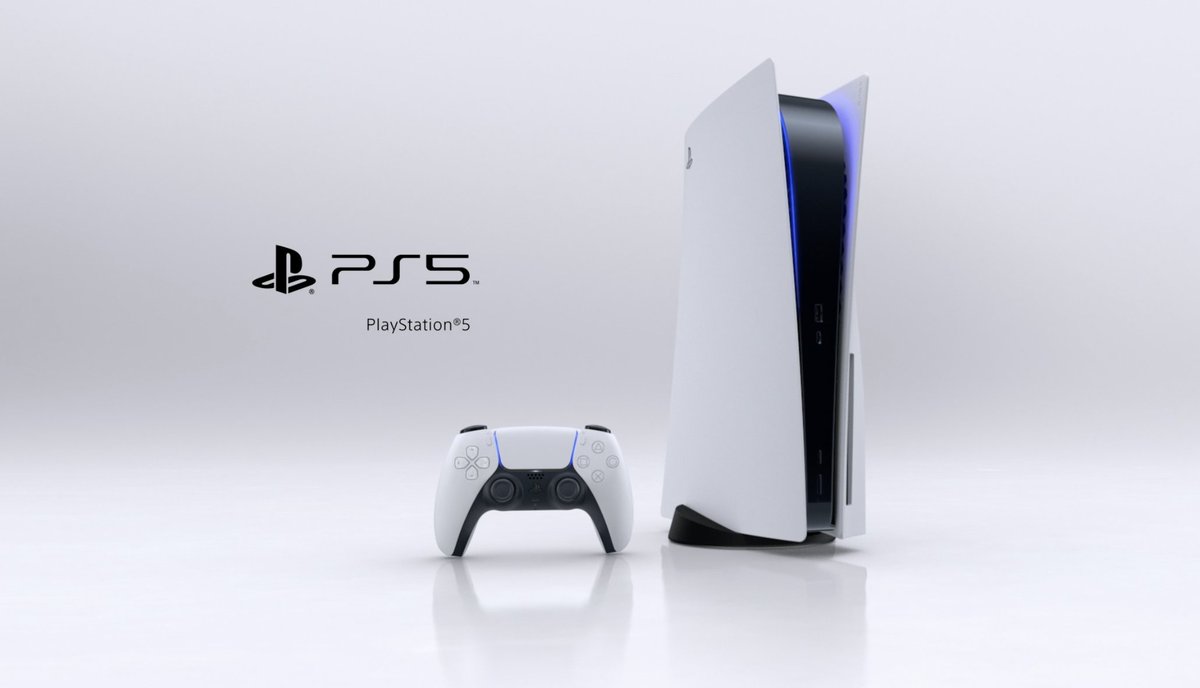Fifth Generation Consolesthe History Of Video Games
Many of the most popular esports games today are PC games rather than console games. However, titles such as Call of Duty, Halo and Street Fighter remain important on the competitive video gaming scene. Consoles still have a big role to play in esports, and in video gaming in general, too.

During the fifth generation of consoles, the most popular and preferred way of playing video games were on PC or computers. Companies needed to develop consoles to keep up with PCs and computers to get back into the market. The first couple of consoles created during this generation did not live up to the expectations. The fifth generation of video games was arguably the most transformative era in gaming history, thanks to the widespread adoption of CD-Rom technology and a shift from sprite-based 2D games.
There’s an ongoing debate in the gaming community about whether PC gaming or console gaming is “better”. It’s a pointless argument, really. Neither is definitively better than the other, as it’s ultimately a matter of personal preference. There will always be those who prefer to game on a PC, and there will always be those who prefer to use consoles.
PC gaming seems to have the slight edge right now, but who knows what will happen in the future? If there’s one thing we know for sure about consoles, it’s that they’re constantly evolving. There’s every chance that they’ll continue to improve, and there may well come a time when console gaming leads the way once again.

In this article, we take a look at how home video game consoles have evolved over the years. We start by explaining how it all began with the Magnavox Odyssey. Then, we go through each subsequent generation of consoles, right up to today’s models.
Trends[edit]
3D Gaming[edit]
Polygonal 3D gaming was supported by all major home consoles this generation. However real time 3D graphics on consumer level hardware was still a new concept, and there were many different wildly different approaches to how a 3D system should work in a console. This lead to some consoles being much better at 3D graphics performance and ease of use by developers, and some with performance much less than their at the time impressive specifications would indicate.
Many game series failed to make effective 3D versions of their traditionally 2D games.[1] Crafting a believable 3D environment on the hardware available was difficult. Furthermore, developers not only had to design good controls for a 3D game, they had to explain them to players used to playing 2D games exclusively.[2] All these issues were exasperated by a lack of developers familiar with 3D gaming, even within major development companies.[3] Even developers that were able to competently make 3D games struggled somewhat, with large improvements in 3D game control schemes occurring within the generation as developers figured out ways to improve the player experience.[4][2]
Display technology[edit]
Display technology improves rapidly during this time with the final major refinements in CRT displays, and the emergence of new technologies. In 1996 Sonys Trinitron (Aperture grille CRT) patents expire, allowing other manufacturers to produce similar quality television sets[5][6] and improving the gaming experience. In 1998 Phillips introduces the first consumer plasma TV for $15,000.[7] Such TVs would become common in the mid 2000's with improving technology and price drops.
This generation more portable consoles adopted color screens, though monochrome screens were still common.
Home Consoles[edit]
Major consoles[edit]
- Nintendo 64
- PlayStation
- Sega Saturn
Minor consoles[edit]
- Virtual Boy
- Atari Jaguar
- 3DO Interactive Multiplayer
Obscure consoles[edit]
- Apple Bandai Pippin
- PC-FX
- Playdia
- Casio Loopy
- FM Towns Marty
- Amiga CD32
Canceled consoles[edit]

- Hasbro Toaster VR
Fifth Generation Consolesthe History Of Video Games To Play
Handheld consoles[edit]
Major consoles[edit]
Fifth Generation Consolesthe History Of Video Games Online
- Genesis Nomad
- WonderSwan
- NeoGeo Pocket
Minor consoles[edit]
- Pokémon Pikachu
- Game.com
- R-Zone
- Design Master Senshi Mangajukuu
Fifth Generation Consolesthe History Of Video Games Free
References[edit]
Wikipedia has related information at Fifth generation of video game consoles |
Fifth Generation Consolesthe History Of Video Games On
- ↑'10 Classic Gaming Franchises That Didn’t Survive The Transition To 3D'. 26 June 2019. https://www.thegamer.com/gaming-franchise-that-didnt-survive-3d/.
- ↑ ab'Super Mario 64 introduced the camera as a friend and foe in video games' (in en-us). Games. https://games.avclub.com/super-mario-64-introduced-the-camera-as-a-friend-and-fo-1798250469.
- ↑'shmuplations.com'. https://shmuplations.com/megamanlegends/.
- ↑'Retro Review: Mega Man Legends - YouTube'. https://www.youtube.com/watch?v=Tp_TSdLGz60.
- ↑'History of the CRT TV' (in en). https://home.bt.com/tech-gadgets/television/retro-tech-the-crt-tv-11363858003032.
- ↑'Sony Pulls Plug on Historic Trinitron TV' (in en). https://spectrum.ieee.org/tech-talk/semiconductors/devices/sony_pulls_plug_on_historic_tr.
- ↑Broersma, Matthew. 'Flat TV, big price' (in en). https://www.zdnet.com/article/flat-tv-big-price/.
← Fourth generation of video game consoles · Sixth generation of video game consoles →